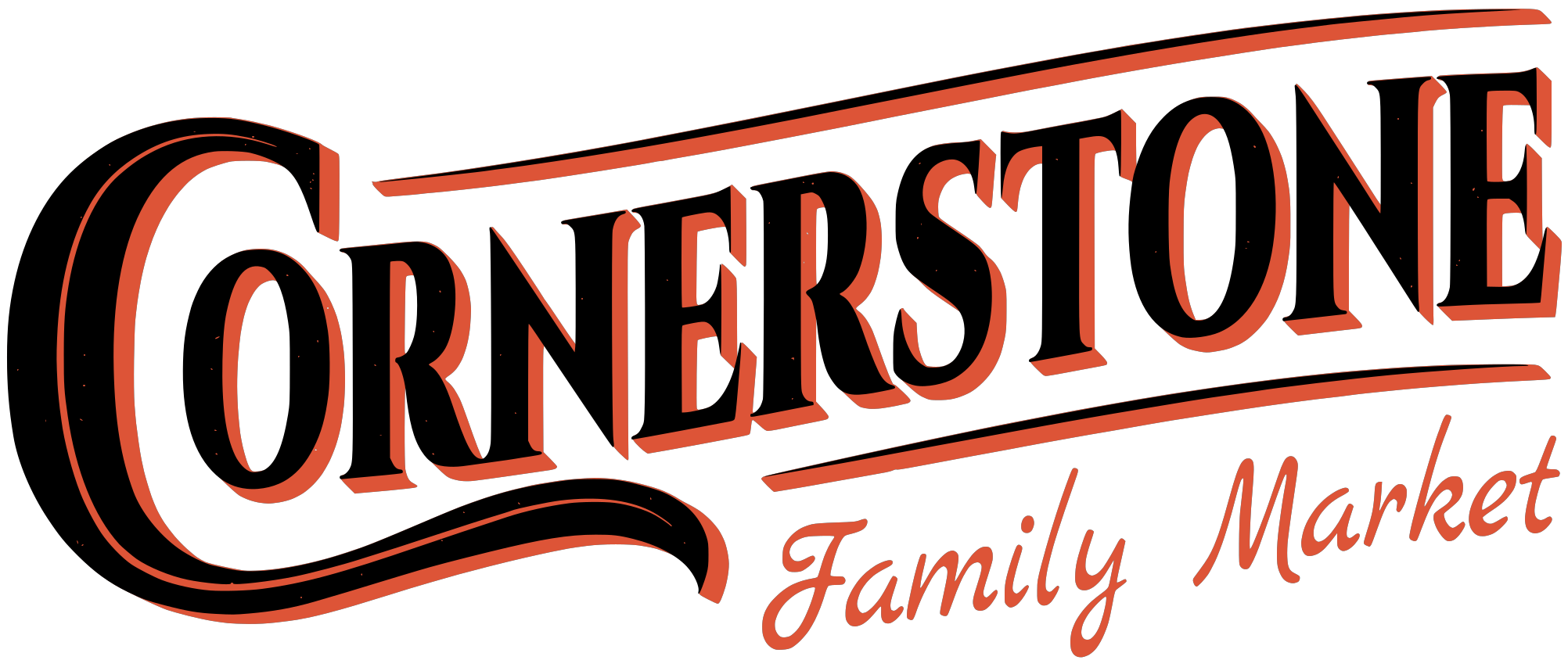Cool Finds: Mason's Patent Ironstone China
As an artist’s husband, I find myself swooning over art that others in the business (including my wife) may classify as mundane, pedestrian, or uninspired. This includes an overabundance of pottery, glassware, and china. This week’s cool find, while some may argue otherwise, is a piece of Mason’s Patent Ironstone China, something we in the antique or second-hand world tend to be subjected to rather frequently.
What Is Ironstone?
Ironstone was developed in 1813 by Charles James Mason as a more durable and affordable alternative to porcelain due to its high demand. To increase its durability, iron slag was introduced to the traditional stoneware mixture, resulting in a denser, stronger material, more resistant to chipping and breaking than its porcelain counterpart. Due to its durability, it was ideal for export, leading to an expanded market for the British manufacturer.
What’s the Significance?
Mason’s Ironstone is certainly a leading name in ironstone manufacturing. Since Mason took inspiration from Chinese stoneware, many of his prints followed in the style, such as his Blue Willow and Mandarin patterns, but there are many other patterns. Here are all the patterns to look for:
Blue Willow - This is one of Mason’s most well-known patterns, featuring a blue and white design that depicts Chinese scenery, such as pagodas and bridges.
Vista - Usually in red or pink, this pattern depicts pastoral landscapes and picturesque designs. This is the pattern on today’s Cool Find.
Mandarin - Its oriental designs and motifs reflect the fascination of 19th-century collectors with Asian art.
Regency - This features floral borders and is popular for its bright and cheery design.
Fruit Basket - If you like fruit in baskets, this is the perfect pattern for you.
Hydra Jug - This pattern, usually on a hydra jug, features floral and geometric designs. The jug itself is deemed collectible due to its unique shape and decoration.
Canton - Similar to Mandarin, Canton depicts oriental motifs and scenes.
Applique - The floral designs on these pieces give a ‘raised’ effect to the decoration.
Mandalay - This pattern features vibrant and complex floral designs, sometimes accented with gold.
Chartreuse - This pattern focuses on classic beauty and utilizes elegant and refined designs.
Mason’s contribution to the world of stoneware is certainly widespread as it sparked other manufacturers and competitors to flood the market with ironstone products. Unfortunately, as consumer taste changed around the turn of the 20th century, other materials and styles became more popular, resulting in the decline and eventual end of Mason’s Patent Ironstone China.
Is It Special or Not?
Some specific patterns are certainly rare and still deemed highly collectable. The Blue Mandalay, Blue Dragon, and Prunus Bush patterns are among the most sought-after patterns today, so if you run across one of those, you’ve found a good one! Since there are still several Mason’s pieces (and counterfeits) circulating, not all of Mason’s Ironstone will bring any interest to collectors. Sadly, this piece is among those in the not-so-special category.
Since we run across decorative plates all the time, it’s hard to believe there’s a long-term market for them, unfortunately, but at least I get to admire them as they pass through.

